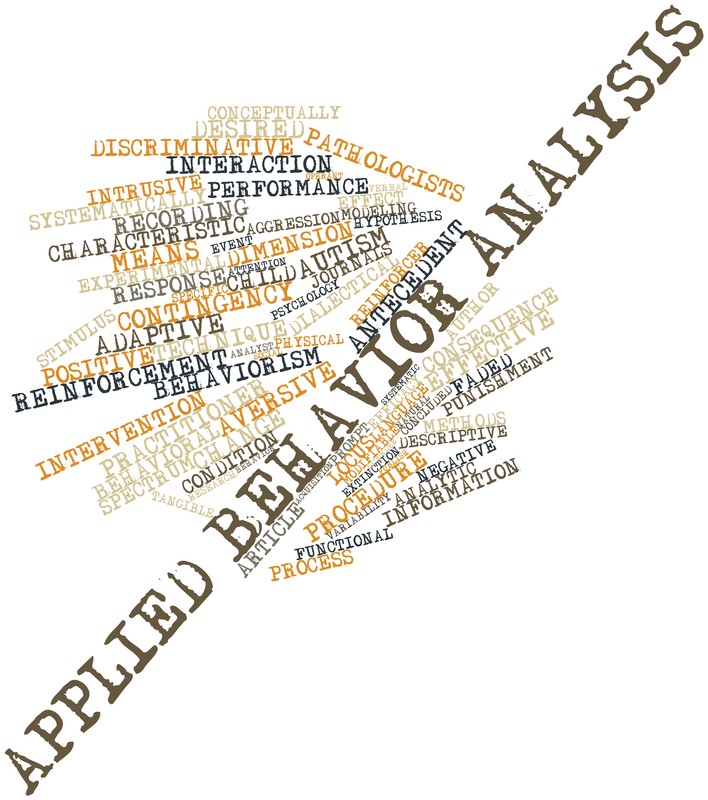Barks Blog
Does Your Training Language Potentially Compromise Your Credibility With the Medical Community?
The words we choose to use in our training and behavior change sessions and written client plans impact the way we are perceived.
Our words Impact our credibility and thus our ability to work alongside our peers and our industry partners, particularly those who hold more senior credentials such as Board-Certified Behaviorists and Veterinarians.
In any profession whether you are a presidential speech writer, a career orator or an individual service provider working with clients transferring skills and knowledge, words really do matter. The nomenclature we choose to use matters and impacts how we are perceived. This perception can impact our effectiveness as educators, our individual credibility and the trust that resonates and reflects on us all as professional animal trainers and behavior consultants.
We should always consider how we choose to communicate with our clients, across our different peer groups and with professionals in our industry, particularly professionals with a recognized higher-level of knowledge or skills. The latter are the very professionals that we may need to refer clients too or be helped or mentored by.
 There are several terms in our industry that can be, quite rightly, ‘hot buttons’, as they are terms that are reserved for medically qualified individuals because they have specific clinical definitions. Examples of these hot button words are prognosis, diagnosis & treatment.
There are several terms in our industry that can be, quite rightly, ‘hot buttons’, as they are terms that are reserved for medically qualified individuals because they have specific clinical definitions. Examples of these hot button words are prognosis, diagnosis & treatment.
A simple definition of ‘prognosis’ is the likely course of a disease or ailment. To ‘diagnose’ is the identification of the nature of an illness or other problem by examination of the symptoms and ‘treatment’ is the medical care given to a patient for an illness or injury.
We as dog trainers and behavior consultants also have a specific language that is appropriate for us to use, the language of applied behavior analysis. We can speak to antecedents, consequences, behavior and its topography, the different observable dimensions such as frequency, intensity and duration and of course not forgetting latency!
We can analyze and pull apart components of the antecedent package such as motivating operations, setting events and eliciting or evolving stimulus. We can focus in on the postcedent package using functional assessments to pinpoint the all-important consequences. If necessary, we can develop single subject experiments whereby we functionally analyze stimuli and the effects they have on the target behavior, so we can build effective and efficient counter conditioning and desensitization plans.
We really don’t need to, nor should we, infringe on the terminology used by the medical community. Let’s be transparent folks and use the correct words to help us gain credibility and ensure accurate meaning for ourselves and our profession.
